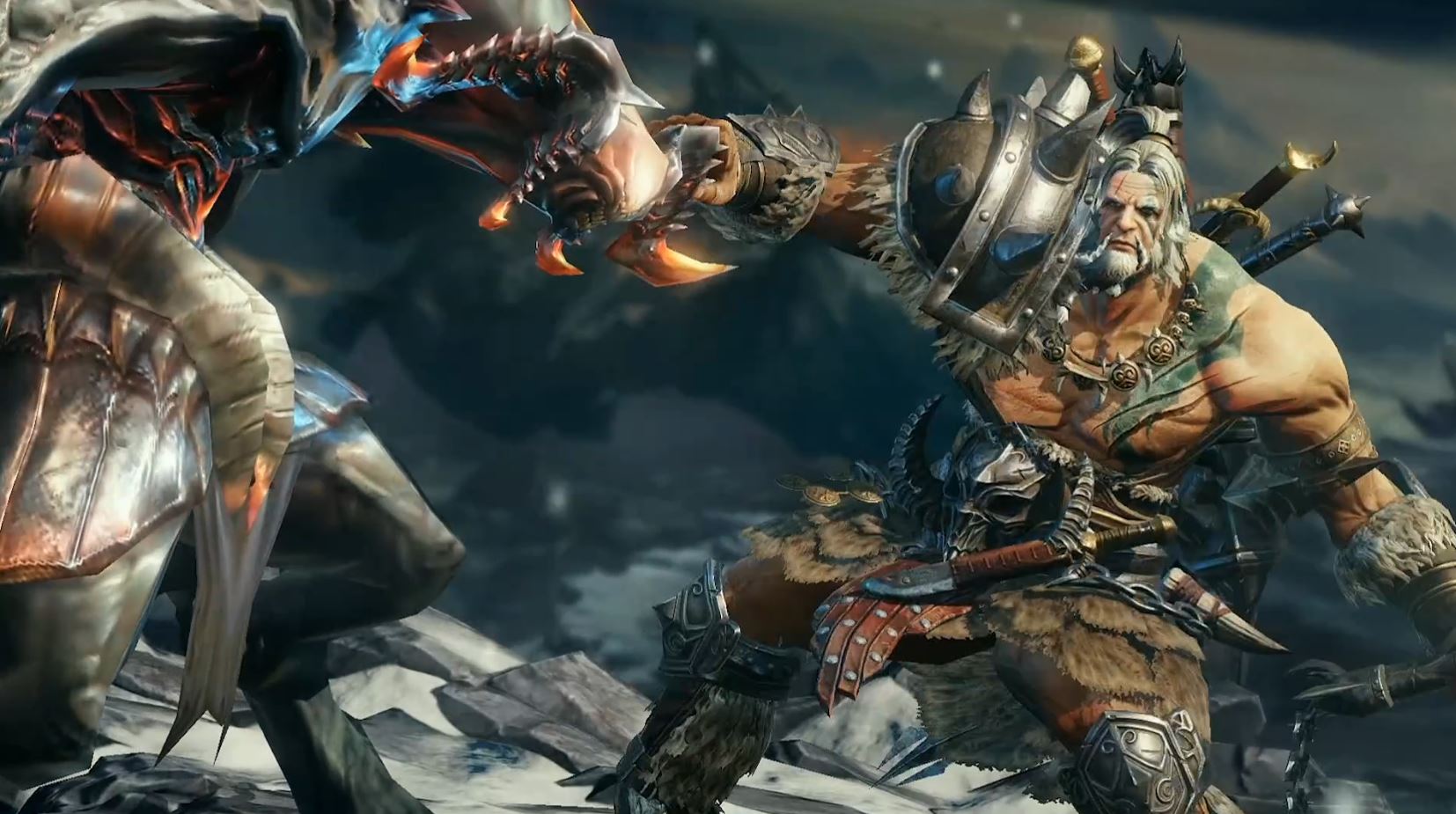Diablo: Immortal didn’t have a big presence at this year’s BlizzCon. Instead, Blizzard Entertainment focused on announcing new titles, such as Diablo IV. Last year, the reveal of Diablo: Immortal for mobile angered many of the franchise’s fans, a lot of which are hardcore PC gamers.
Blizzard had enough controversy on its plate before this BlizzCon with the Blitzchung situation, so it wasn’t too surprising to see Diablo: Immortal go unmentioned during the opening ceremonies. But the mobile action role-playing game was playable on the show floor. And you know what? It’s not bad. Diablo: Immortal is fun and doing some interesting experiments with the franchise’s formula.

Unlock premium content and VIP community perks with GB M A X!
Join now to enjoy our free and premium membership perks.
![]()

![]()